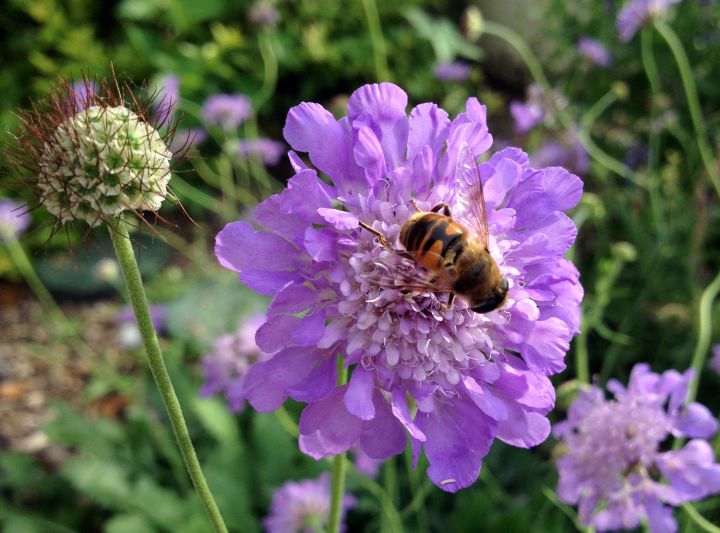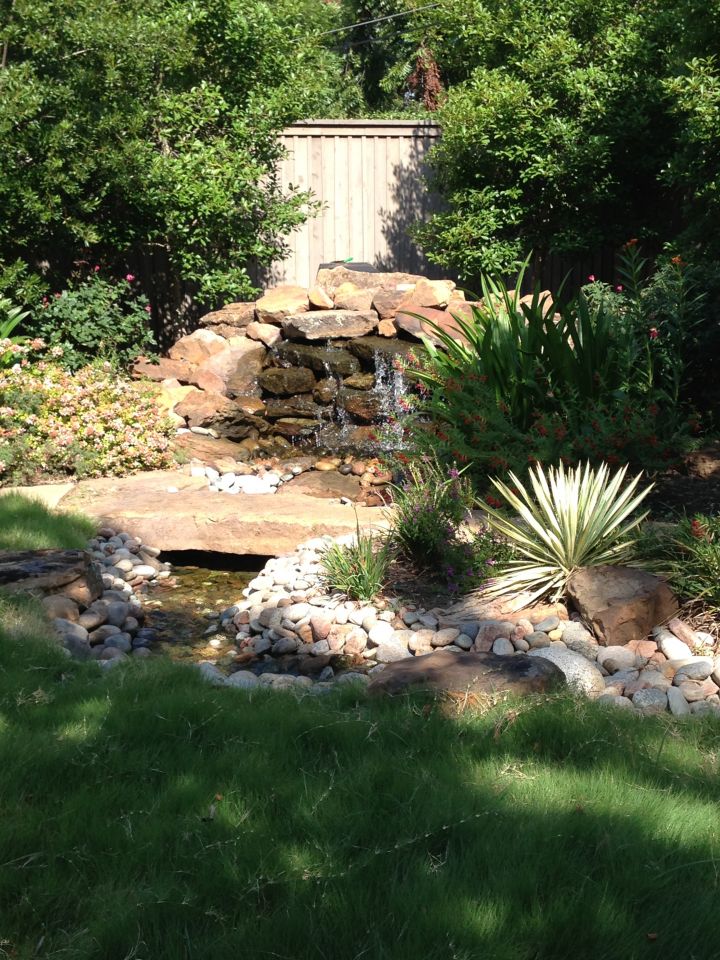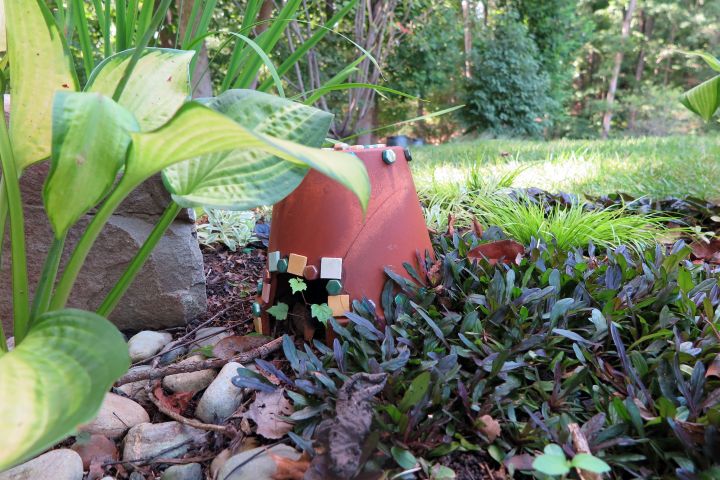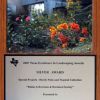Create Spaces for Wildlife in Your Landscape
June 5, 2018 | By webadmin
One of the things we are most passionate about at Roundtree Landscaping is preserving and enriching the lives of wildlife found in our local landscapes. With continued construction and destruction of insect, amphibian, and bird habitats; creating a wildlife habitat is a great first step in helping our outdoor neighbors.
What exactly is a habitat garden?
A habitat garden is a garden space developed with all the required needs for wildlife to survive and thrive. Wildlife habitats need to include four basic elements: food, water, shelter, and places in which to reproduce and raise young. If you plan on certifying your habitat garden with the National Wildlife Federation, you also need to employ sustainable gardening practices.
Food Sources
Providing food is the best place to start. Native plants are most important to incorporate into your habitat landscape. The local fauna has evolved right along with the plants, and therefore are the preferred supplier of food. Nectar plants like the Texas native, Salvia greggii, are the perfect plant to attract and feed bees, butterflies, and hummingbirds. Lantana is a great for pollinators, while many birds love to feast on coneflower seed heads. A holly shrub will provide berries for certain types of birds like robins and mockingbirds. There are also many adapted and hybridized plants that act as good nectar, pollen, and berry sources for wildlife.

Planting nectar sources are important to attracting bees and butterflies.
Water Sources
Water is the next element you need and you should provide at least one water source. This water can be used for drinking, bathing, and in certain insect cases, breeding. A pond is ideal for wildlife, but if that isn’t possible, a simple birdbath with moving water will attract many types of wildlife to your landscape. Make sure you always keep an eye out for standing water that can breed mosquitoes. You can safely use Bt dunks or granules in ponds, fountains, and bird baths to prevent mosquito outbreaks.

Wildlife will flock to this water feature to drink, bath, and sometimes play.
Shelter
All wildlife will need some sort of shelter or cover to truly set up home in the landscape. Amphibians love a broken clay pot tipped on its side. A small pile of stacked stone is a great hiding place for lizards and all sorts of decomposing insects. A wind break is ideal for a tired butterfly to rest and recharge.
Lastly, make sure your landscape isn’t just a place to pass through, but rather one to stay awhile and reproduce. Provide birdhouses for nesting and even dense shrubs for bunnies to hide their young. Lizards, frogs, and toads will need a place to burrow, so keep your leaf litter or plant ground cover plants.

It's easy to add a cute toad house nestled in your groundcovers.
Eco-friendly Gardening
As always, it is crucial to make sure you are using sustainable practices in your garden. It’s best to eliminate pesticide use in your landscape if you don’t want to harm beneficial wildlife. Instead, beneficial insects and predators can do a lot of the work for you. Reduce mono-culture lawns and add more wildflowers, perennials, and shrubs that support wildlife. Conserving water is a great way to become sustainable which can be as easy as mulching or capturing rainwater for reuse. Smart watering systems and drip irrigation can support your plants without excess water waste.
When you are ready to make your landscape a better home for wildlife, give us a call. We would love to put together the perfect plan for your new winged and furry neighbors.
